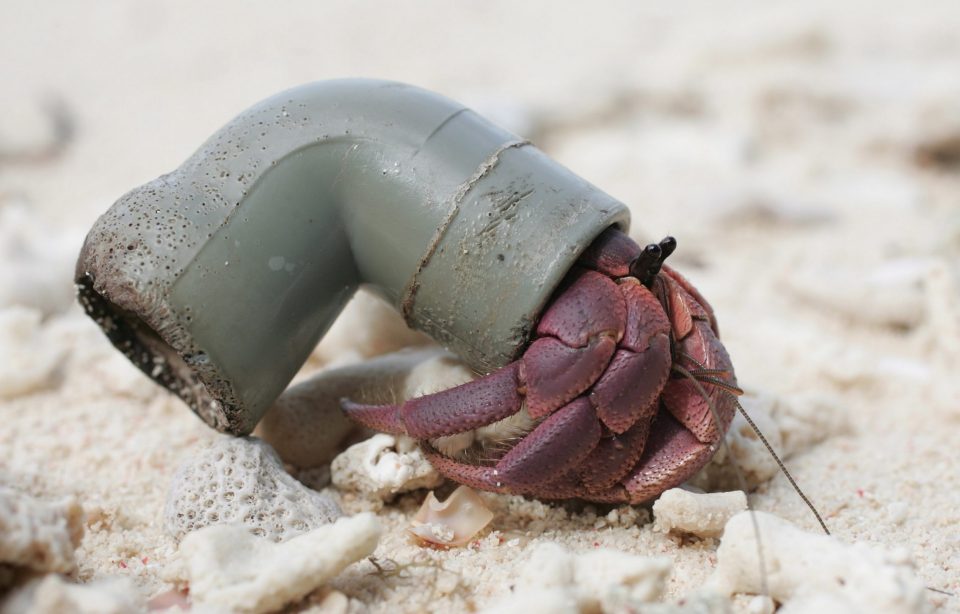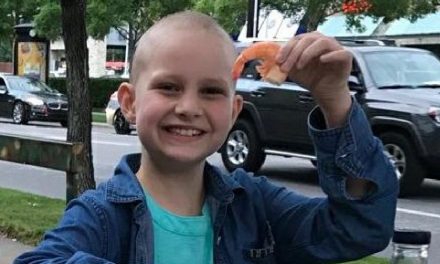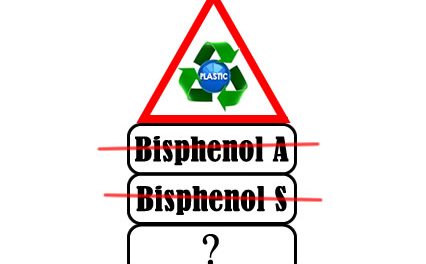Hermit crabs play an essential role in tropical environments because they disperse seeds and fertilize the soil. A decline in hermit crabs would have a significant impact on surrounding ecosystems.
Sadly, researchers have discovered over half a million hermit crabs that died after getting trapped in plastic containers on two remote islands – Henderson and Cocos. Experts worry that these deaths could be part of a global species decline.
Previous studies found elevated levels of plastic pollution at the Cocos Islands archipelago in the Indian Ocean and Henderson Island in the South Pacific. Researchers from the community science organization the “Two Hands Project,” the Natural History Museum in London, and the Institute for Marine and Antarctic Studies (IMAS) from the University of Tasmania decided to investigate these islands to see how marine life was dealing with the plastic situation. Their discovery was unacceptable – one to two dead crabs per square meter of the beach.
RELATED STORY:
The team inspected sites across four Cocos Islands and Henderson Island for plastic containers that have the opening faced up towards the sky. When the plastic container is with its opening upwards, it functions as a deadly trap to the crab because once it’s in, it can’t get out. The researchers counted the number of entrapped crabs, and then they concluded their results across an additional 15 islands in the Cocos archipelago.
RELATED STORY:
The hermit crabs use the odor of recently deceased crabs to track down available shells. Little do these crabs know, they’re falling into a trap. The group found multiple crabs stuck inside the same plastic container. In fact, researchers found 526 crabs in a single plastic container.
One of the researchers, Dr. Alex Bond, said:
The problem is quite insidious, really, because it only takes one crab. Hermit crabs do not have a shell of their own, which means that when one of their compatriots die, they emit a chemical signal that basically says there’s a shell available, attracting more crabs. Essentially it is this gruesome chain reaction.
An astounding 414 million pieces of debris were found on the beaches and vegetation of the Cocos Islands and 38 million pieces on Henderson Island. It’s no surprise that the study found 508,000 dead crabs on the Cocos Islands, along with 61,000 on Henderson Island.
RELATED STORY:
Dr. Jennifer Lavers, who led the study, said:
These results are shocking but perhaps not surprising. It is inevitable that these creatures will interact with and be affected by plastic pollution, although ours is one of the first studies to provide quantitative data on such impacts.
The researchers emphasize that their findings show the drastic measures of the situation at hand and the need for an urgent investigation into the death rate of hermit crabs around the world.












